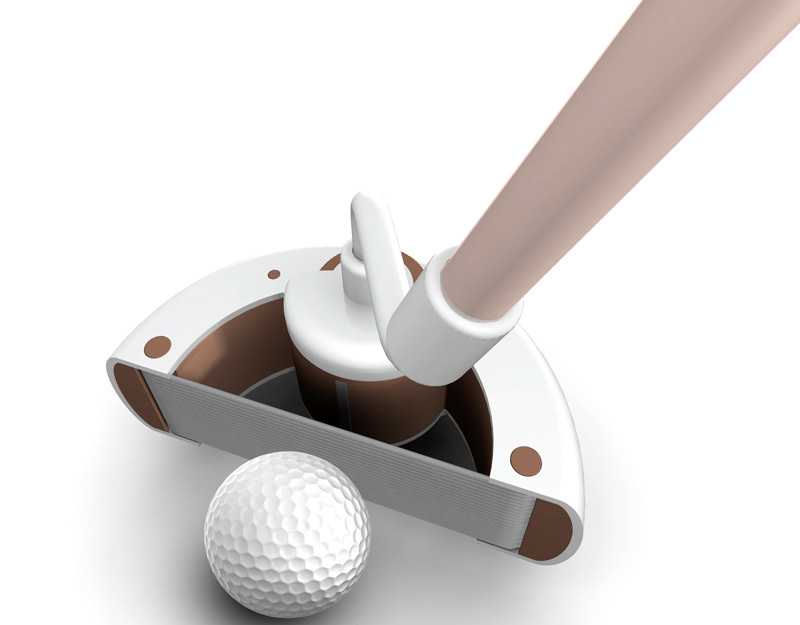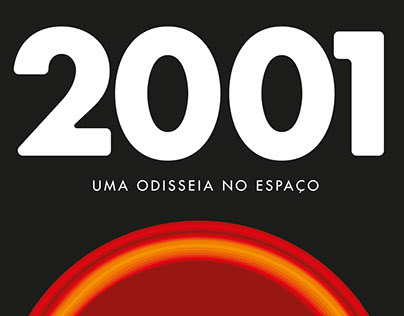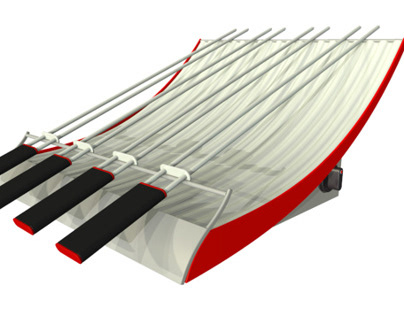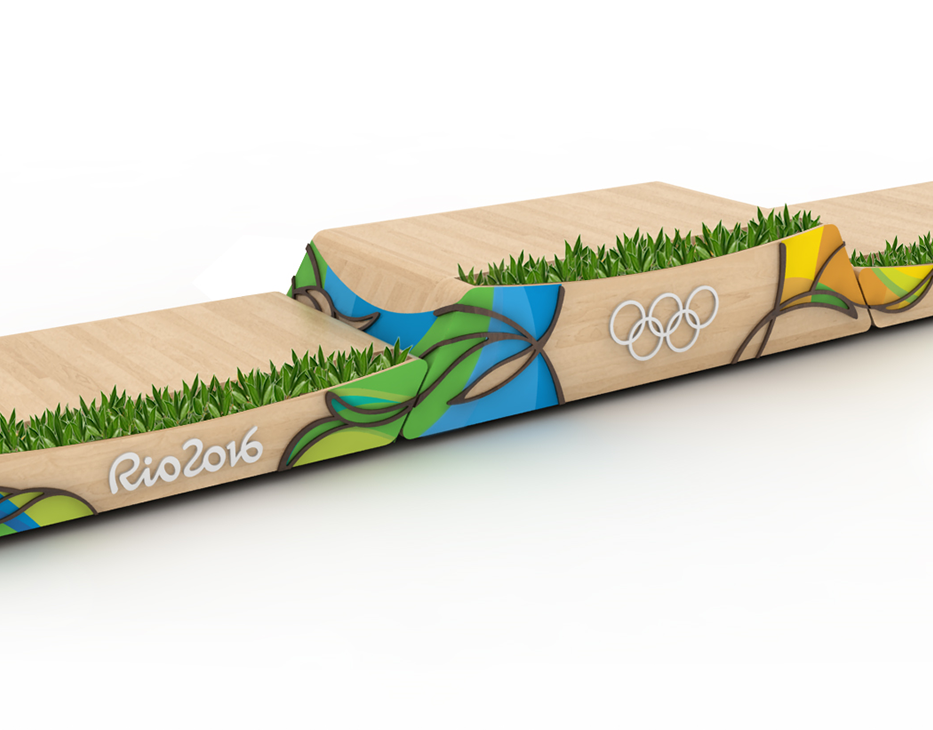The system: (1) IR - 'Intelligent Rig'; (2) SVF - 'Stereo Viewfinder' and (3) MLs - 'Modular Lenses'
'Intelligent Rig' attached to a tripod
'Stereo Viewfinder' and 'Intelligent Rig' exchanging data via Wi-Fi. Commands are sent from SVF to IR, and real time 3D images are sent back to SVF.
The pair of 'Modular Lenses' have built-in sensors, and can be attached to other devices in the system (the IR, the SVF or to the other products in development).
The 'Intelligent Rig' and its degrees of freedom: 'tilt', 'pan', 'shift' and 'parallax control' (lens separation). It provides precise control of the scene framing and of the 3D effect ('depth adjustment' from close-ups to landscapes).
The 'Stereo Viewfinder' is used control the IR from a distance (via Wi-Fi), presenting a real time stereo 3D image of the scene to be captured. It can also be used as a portable stereo 3D camera when the pair of MLs are directly attached to it.
Simulation of the SVF being used as a portable Stereo 3D Camera.
As well as showing the scenes in real time stereo 3D, the viewfinder's GUI (Graphical User Interface) present precise, intuitive controls and adjustments also in 3D. It gives constant action feedback and teaches the user what to do next.
Sketches and concepts
Tests and development
Internal structure (servos, gears and circuits)
Virtual modelling
Rapid prototyped model
Simulation: user remotely observes the scene captured by the pair of MLs attached to the IR (on a tripod) in stereo 3D, and controls its movements through the SVF.
Ergonomics and immersion: the SVF fits perfectly to face, preventing any external light to interfere in the visualisation of the 3D scene. All controls are intuitive, haptically distinguishable and easily reachable within the range of fingers.
The main goal was to improve user experience within the process of digitally obtaining stereo pairs for 3D output, through a Product Design solution.
At that time, digital stereoscopy was still restricted to professional use in laboratories and research centers. It became popular worldwide only in 2009, after the movie 'Avatar' was released for exhibition in selected theaters, which provided the technology to present the movie in 3D. Subsequently, 3D TVs, computer monitors, still and movie cameras have been released in the market, and 3D content started being produced by the entertainment industry.
Before that time, 3D Stereophotography was mostly faced as an experimental art, a hobby on one hand; or a high-end means of registering depth with 'computer vision' on the other...
Enthusiasts used to mount gadgets with pairs of cameras, which had to be adjusted and synchronized (double the trouble)... but could never show the results in real time, even when digital cameras were employed.
This system solves many issues, from device set up, through scene capture and post-production to visualization. The basic arrangement comprises 3 devices:
1) The IR - 'Intelligent Rig', a motorized 3-axis "track", to which a pair of lens barrels can be attached;
2) The SVF - 'Stereo Viewfinder', which is used to visualize the scenes and control the IR via Wi-Fi; and
3) The MLs - 'Modular Lenses', a pair of lens barrels (with built-in sensors), which capture the light and can be attached to the previous devices.
The system is capable of capturing stereo 3D still images or movies, building spherical panoramas, and displaying the results in real-time. It has home and professional applications, and is ready for future devices.
This project has been presented at ADP/FIAT Mostra Jovens Designers 2007/2008, at BID_08 (Bienal Iberoamericana de Design 2008), and at FIRJAN Rio Criativo 2008.
Graduation project at ESDI/UERJ in 2006.
Advisor: Professor Frank Anthony Barral Dodd.









